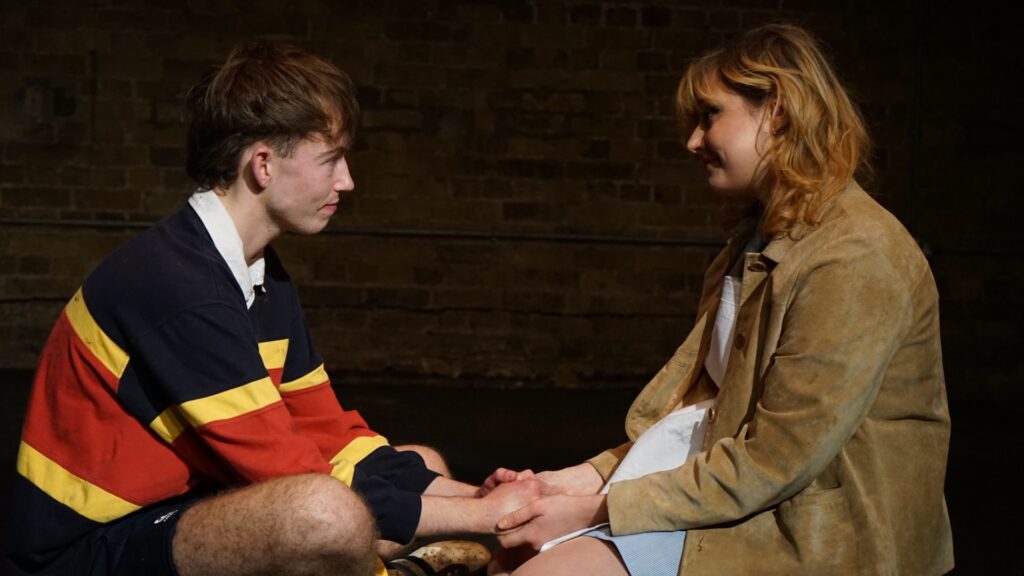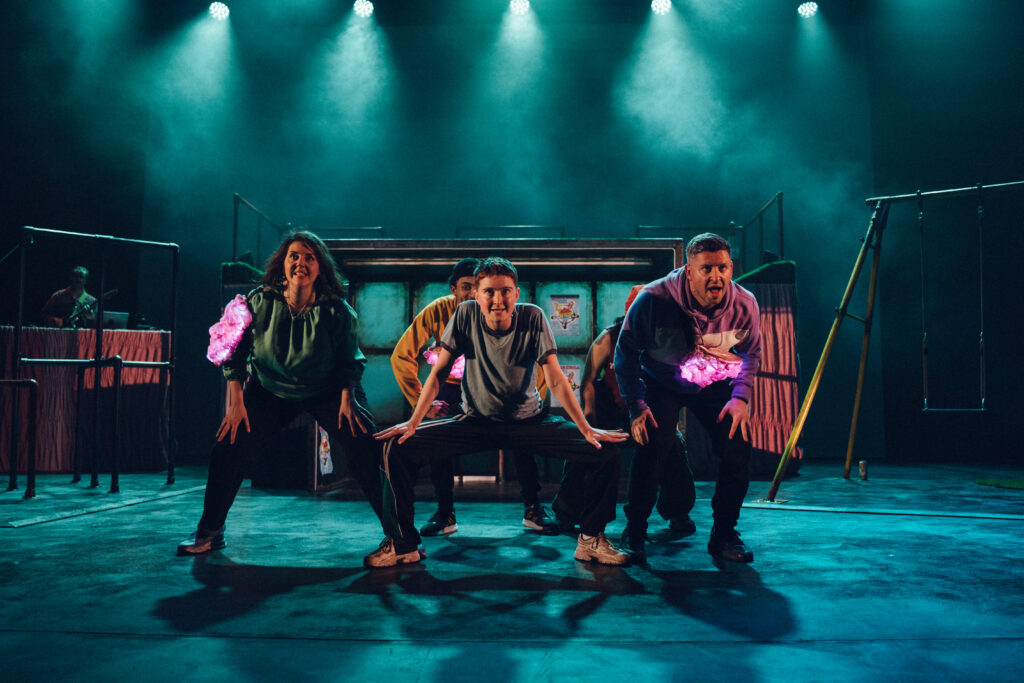The reaction to news that Doctor Who will be played by a woman shows how far we still have to go when it comes to gender equality, says Helen Bradley.
The announcement that the next incarnation of the television character and cultural phenomenon Doctor Who will be played by a woman has sparked a predictable range of reactions.
For every delighted Whovian celebrating a long-overdue casting decision, there’s been an angry viewer decrying “political correctness gone mad” and declaring they will never watch the show again.
The actor playing the Time Lord-turned-Time Lady, Jodi Whittaker, even urged people not to be “scared” by her gender.
“The fans have lived through so many changes, and this is only a new, different one, not a fearful one,” she added.
That an adult has to tell other adults (and I’m certain it’s only adults taking offence, children are much more mature about these things) not to be scared of her gender in 21st century Britain is a sad state of affairs, and shows how far we still have to go when it comes to gender equality.
The Doctor is the kind of role model young people of both genders can look up to – a hero with a conscience who more often than not solves problems by non-violent means, by talking rather than shooting, by co-operating rather than competing.
Unfortunately these types of role model are few and far between in modern culture, especially for young girls, and a female Doctor will be an important step to addressing this inequality.
Rather than being relegated to the companion role, young girls will be able to imagine themselves as the Doctor herself, travelling through space and time, battling Daleks and Cybermen (and Cyberwomen) and maybe even saving chaps in distress.
Girls and young women desperately need positive role models to look up to, in politics, in sport, in business, in education, in science and yes, in popular culture.
A recent report into the importance of female role models contained some interesting survey findings about women in the media.
It found 70 per cent of 11-16-year-old girls and 80 per cent of 17-21-year-old girls agree that women are too often shown as sex objects in the media and online.
When asked what are the three most important ways to improve girls’ and women’s lives, 33 per cent of girls aged 7-10 said “making sure that girls and women are shown doing everything boys and men do on tv and in adverts”.
The issue of how the genders are depicted in advertising was raised this week when the Advertising Standards Authority pledged to ban “sexist” adverts.
New rules will be introduced next year to crack down on ads that mock people for not conforming to gender types or that reinforce gender roles.
Guy Parker, chief executive of the ASA, said: “Portrayals which reinforce outdated and stereotypical views on gender roles in society can play their part in driving unfair outcomes for people.”
Even now, many female characters reinforce stereotypical gender roles, often being relegated to companions, love interests or victims, even in leading roles.
There are some small signs that things are starting to change. Disney’s recent output has included animated films such as Brave and Frozen featuring lead female characters who, while still being princesses, are stronger and more independently minded than their predecessors in films such as Sleeping Beauty and Cinderella.
The movie Wonder Woman is currently riding high at the box office, proving that a superhero movie with a female lead can be a success. But holding up Wonder Woman as a role model is somewhat problematic, as the United Nations found out to its embarrassment.
Last year the UN announced Wonder Woman as an honorary ambassador to fight for gender equality and challenge female stereotypes. While the goal was honorable the campaign was misjudged and sparked an angry backlash.
Critics said it was wrong to hand such an important role to a fictional character and especially one with such an overly sexualised image that would be culturally inappropriate in many countries. The campaign was dropped after just two months.
Wonder Woman’s role as a feminist icon will be explored further in a movie due for release later this year. Professor Marston & the Wonder Women is a biopic that explores the creation of the character and the comic book writer’s goal of creating a superhero that girls could look up to.
At Chwarae Teg we are trying to empower women to believe they can achieve their goals.
Our training and development programme Agile Nation 2, which is funded by the Welsh Government and the European Social Fund, works with women to help them identify, develop and make the most of their strengths and talents while supporting them to gain the confidence and skills to be the best they can be in their career.
Ultimately, girls and young women need to be shown that they can do anything, that nothing is off limits for them. Society needs to show them that is the case, whether it’s in the form of a fictional warrior princess, a 2,000-year-old time travelling alien or a more down to earth role model.
All articles published on Click on Wales are subject to IWA’s disclaimer.






This whole debate is about twenty years out of date. The principle of whether a strong female character could maintain the leading role in a successful episodic drama was settled by Buffy and Xena back in the 1990s.
The specific question in the case of ‘Doctor Who’ was whether a change of gender was consistent with what was known of that particular character’s previous history. In the end, the majority opinion among the show’s fans is that it was. For the BBC and Mrs Whittaker to present this as some great feminist triumph was pure marketing.
The curious thing is that the whole ‘Doctor Who’ thing overshadowed the appointment of the real life Baroness Hale as the first female head of the British judiciary. Yet even this is old news. The real breakthrough was the election of the first female Prime Minister in any major democracy back in 1979. Practically everything since then has been filling in the gaps.